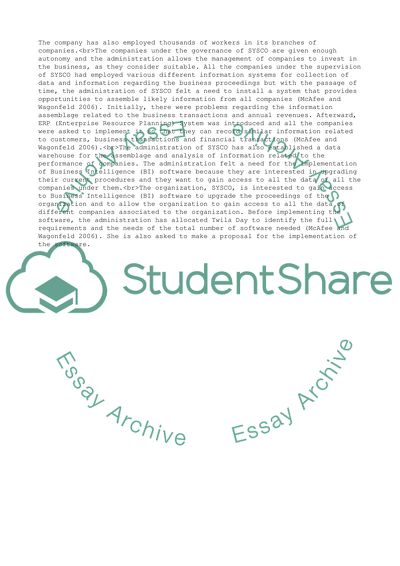Cite this document
(Business Intelligence Software at SYSCO Coursework, n.d.)
Business Intelligence Software at SYSCO Coursework. Retrieved from https://studentshare.org/business/1716348-sysco-case-ismg-3000
Business Intelligence Software at SYSCO Coursework. Retrieved from https://studentshare.org/business/1716348-sysco-case-ismg-3000
(Business Intelligence Software at SYSCO Coursework)
Business Intelligence Software at SYSCO Coursework. https://studentshare.org/business/1716348-sysco-case-ismg-3000.
Business Intelligence Software at SYSCO Coursework. https://studentshare.org/business/1716348-sysco-case-ismg-3000.
“Business Intelligence Software at SYSCO Coursework”, n.d. https://studentshare.org/business/1716348-sysco-case-ismg-3000.


